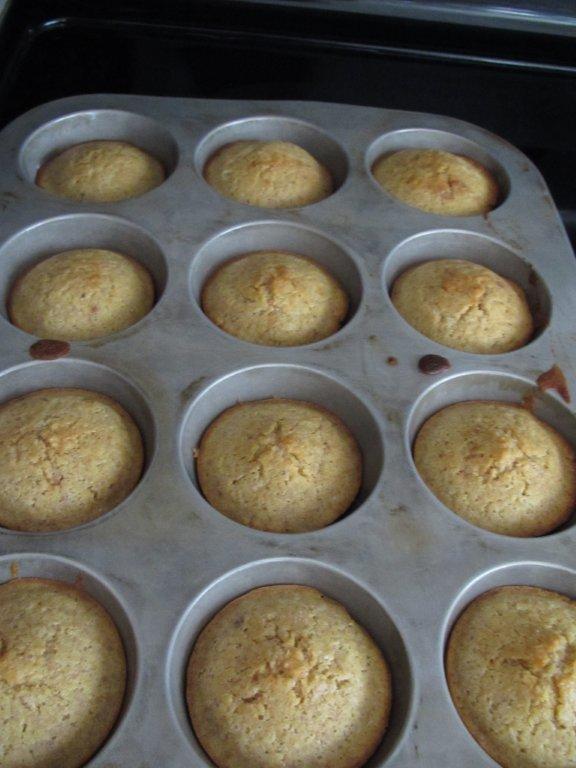Low Sodium Diet Journey - Part 5
/ How hard is it to consume 2 grams or less of sodium per day? I started out thinking it would be difficult when a low sodium diet was recommended for one of my family members but it has been easier than I anticipated. This is the fifth post in a series that documents our family’s ‘learning experience.’
How hard is it to consume 2 grams or less of sodium per day? I started out thinking it would be difficult when a low sodium diet was recommended for one of my family members but it has been easier than I anticipated. This is the fifth post in a series that documents our family’s ‘learning experience.’
~~~~~
Mixes and packaged foods are generally high in sodium so ‘homemade’ becomes the best choice for some things. This post walks through how to calculate the sodium in something as ordinary as homemade cornbread muffins with the idea in mind that a few modifications might make a lot of difference. Start with ingredients listed for the recipe and look up how much sodium is in each using your favorite nutritional information site (mine favorite is http://nutritiondata.self.com/) or checking the package of the ingredient.
|
Ingredient |
mg of sodium |
|
1 1/4 cups flour |
3 |
|
3/4 yellow corn meal |
11 |
|
3 tablespoons sugar |
0 |
|
4 1/2 teaspoon baking powder |
1980 |
|
1 teaspoon salt |
2325 |
|
1 egg |
400 |
|
2/3 cup milk |
97 |
|
1/3 cup olive oil |
1 |
|
|
4817 |
This recipe makes 9 servings so the total per serving would be 536 mg of sodium which is a bit high.
Substituting a no-salt seasoning blend for the salt would subtract 2325 mg from the total and result in a 277 mg serving.
It might be worthwhile to look at a no sodium baking powder as well (one available via Amazon has gotten good reviews). With the sodium from the baking powder and salt gone - the serving would be down to 57 mg which would easily fit into a low sodium meal.
So - it is possible to do some quick calculations to determine how much sodium will result in a homemade muffin. Another possibility it to find a cookbook or web site that already has low sodium recipes. http://www.lowsodiumcooking.com/free/Cornbread.htm is one I found.
Previous Low Sodium Diet Journey posts are here.

























